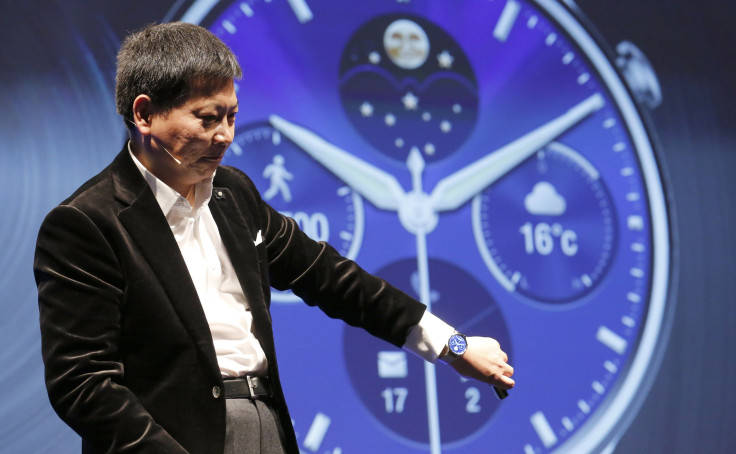Huawei Posts Strong Numbers Helped By Smartphone Demand, Global Mobile Broadband Rollouts

Huawei Technology Co. Ltd.’s 2014 profits jumped by a third, as the Chinese wireless network gear and smartphone maker saw strong sales across its three main business units. More consumers bought smartphones, and carriers across the world expanded mobile broadband networks.
Overall, Huawei’s profits for 2014 rose 32.7 percent, to 27.9 billion yuan ($4.5 billion), from the previous year. Sales rose 20.6 percent, to 288.2 billion yuan ($46.5 billion), from 2013.
Sales at the consumer business unit, the company’s second-biggest business, grew the fastest among its three units, as demand for smartphones rose both in domestic and overseas markets, taking revenue to 75.1 billion yuan ($12 billion), a 32.6 percent increase. Consumer sales surged “thanks to growing consumer demand for smartphones and particularly strong growth in emerging markets,” Huawei said in a statement on Tuesday.
“Our strong revenue growth in 2014 can be attributed to a continuous focus on our pipe strategy, while profit increase stems from streamlined management and improvements in overall efficiency,” Ken Hu, Huawei’s rotating CEO, said in the statement.
Huawei’s pipe strategy refers to investing in technologies spanning modern communications from smartphones to the backbone networks. With strong investments in innovative areas such as cloud computing, data storage and 5G technology, the company was “well positioned to capture the tremendous business opportunities in this digital transformation era,” Hu said.
Carrier business, company’s biggest unit, revenue increased by 16.4 percent, to 192.1 billion yuan ($31 billion), with a strong contribution from mobile broadband network rollouts around the world, the company said.
Revenue at enterprise business, the smallest of the three business units, increased by 27.3 percent, to 19.4 billion yuan ($3 billion), with strong growth in network and information technology areas, including cloud data center solutions and agile networks, the company said.
In 2014, Huawei invested 40.8 billion ($6.6 billion) in research and development, representing 14.2 percent of 2014 revenue. This was also a 29.4 percent increase over the R&D budget for 2013. Huawei has invested more than 190 billion yuan ($30.7 billion) in R&D over the past decade, according to the company's statement.
Huawei’s net cash position was at 77.9 billion yuan ($12.6 billion) at the end of 2014, and total borrowings were at 28.1 billion yuan ($4.5 billion), CFO Meng Wanzhou said in the statement.
As demand in emerging markets rises, Huawei has won contracts from carriers including Bharti Airtel Ltd., India’s top wireless provider, and has also moved to expand its global R&D efforts. During the year, Huawei built its largest such overseas facility in southern Indian technology hub Bangalore, and the company opened it earlier this year.
Huawei aims to sell at least 10 million smartphones in India, the world’s third-biggest smartphone market, over the next two to three years, a senior company executive said last month after the research center was opened. Worldwide, HUawei sold some 75 million smartphones in 2014.
The company has also joined the wearables market, releasing its own mobile watch recently and competing with Apple Inc., Motorola and Samsung Electronics Co. Ltd. and other smaller players in that space.
“As 2015 unfolds, ICT technologies, notably broadband, cloud computing, big data, and the Internet of Things, are becoming the engines that drive transformations in many industries,” CEO Hu said.
© Copyright IBTimes 2024. All rights reserved.






















